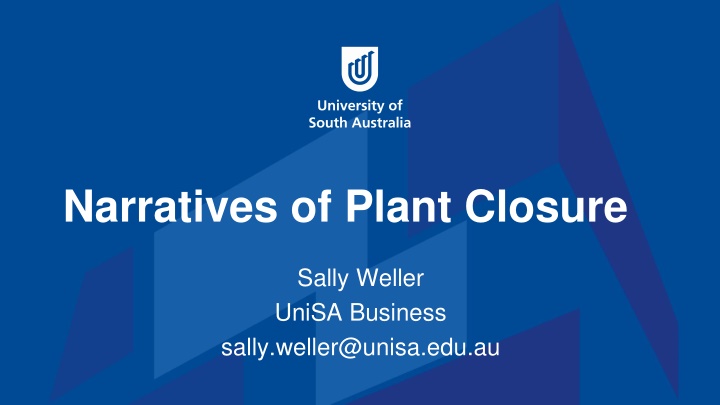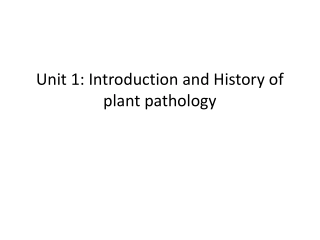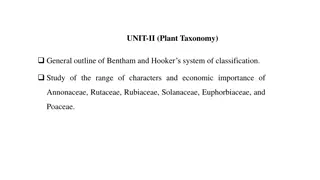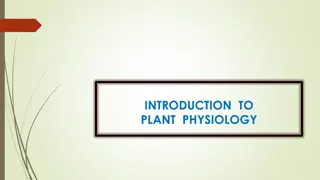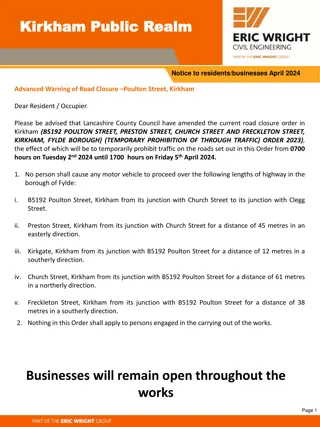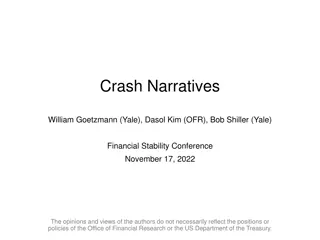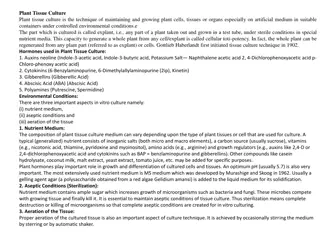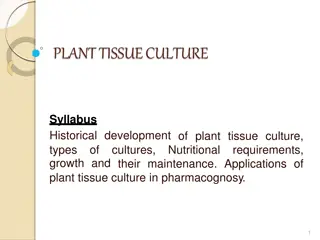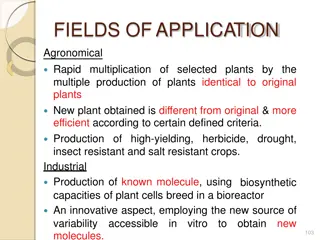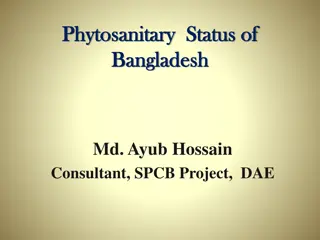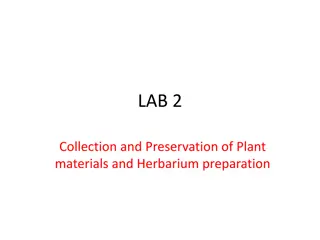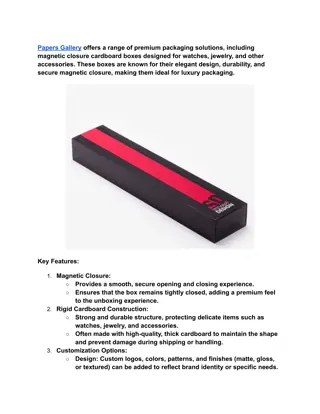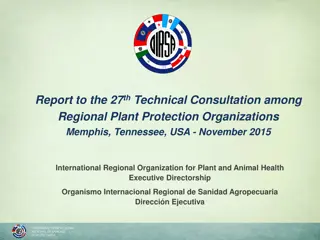Narratives of Plant Closure
Plant closures and their impact on internal relationships and stakeholder perceptions are explored through narratives in this study. Understanding how narratives shape responses to closures is crucial for effective management and policy development in industries facing transition.
Download Presentation

Please find below an Image/Link to download the presentation.
The content on the website is provided AS IS for your information and personal use only. It may not be sold, licensed, or shared on other websites without obtaining consent from the author.If you encounter any issues during the download, it is possible that the publisher has removed the file from their server.
You are allowed to download the files provided on this website for personal or commercial use, subject to the condition that they are used lawfully. All files are the property of their respective owners.
The content on the website is provided AS IS for your information and personal use only. It may not be sold, licensed, or shared on other websites without obtaining consent from the author.
E N D
Presentation Transcript
Narratives of Plant Closure Sally Weller UniSA Business sally.weller@unisa.edu.au
Outline The Importance of Narrative Context Industry closure and public policy narratives Managing closure - organisational narratives Discussion Conclusion
Narratives and Legitimization The importance of discourses in facilitating and legitimising regional change is known (Featherstone et al. 2012; Mouleart et al. 2016, Mackinnon et al. 2019) Studies of legitimation are concerned with the narratives and strategies developed by supporters of emerging technologies and industries (Smith and Raven 2012). They stress the temporality of narratives in offering both re- interpretations of the past and projections of future benefits to attract resources from key stakeholders (Garud et al. 2014). (Mackinnon et al 2022)
Research background Currently much of this literature is about narratives that legitimise positive socio-technical change at the regional scale (eg Binz, 2021) But there has been less interest in the use of narratives within firms (e.g. but see O Neill, 2011). Some literature on how narratives within firms link to wider discourses (e.g corporate social responsibility) Better specifying the relationship between discourses and narratives is an opportunity to better understand the interaction of local (narrative) and universal (discourse)
Narratives are Practices Narratives are the everyday storying practices that (re)create discourse In organisational contexts multiple narratives compete and interact in a continuous process of story-construction. Narratives are politics in everyday practice in different social contexts Shared sensemaking practises have been recognized as contributing to the effective management of the emotional impacts of crisis events (Weick, 1988). Plant closures are crises requiring sensemaking work
Plant Closure Narratives Plant closures are crises that require sensemaking work. The need for effective closures stories has been recognised since the 1980s. Closure narratives manage emotions. This research began with the question How do internal relationships change in the pre-closure period? Based on analysis of policy documents and 22 interviews with retrenched workers and managers. Part of a larger longitudinal study of Australia s automotive plant closures. All plants closed in 2019, workers received extensive job search assistance before and after the plant closures.
Multiple intertwined narratives 1. Media narrative is tragic job loss, community damage. 2. Government narrative (in response) is stabilising . 3. Firm closure narrative is stabilising of the firm. 4. Narrative of hero s journey invoked by workers counsellors 5. Workers (quasi-shared) retrospective narrative is a war story focused on solidarity and pride.
Analysing the Closure Narrative An effective narrative combines three crucial aspects (Dalpaiz and Di Stephano, 2017). 1. Memorialising 2. Revisioning 3. Sacralising
Memorialising Memorialising promotes a shared understanding of events around a core quest. generates familiarity, discourages resistance, legitimises change agents discredits alternative narratives In plant closures the quest is closing the plant without mishap, which requires a positive optimist narrative
Memorialising Our language was very deliberate in the last six months to 12 months. We would often say "The last car is going to be the best car" We ran a car event in the week prior (to closure) where we had community come in to drive (the cars) through the local streets. And we had our people involved, and involved the local footy club ... (Senior Manager) We were so dedicated to having the best experience for our people at the end and having a people-focused approach. What happened was, we got to the last four months and we're going We don't want this to be a wake. We actually want everyone to be celebrated, and for them to celebrate, their life at <Firm>. And we want them to be proud, so when they go in front of cameras, or they're going to an interview, they've got a beam on their face and they go, "Yeah, I worked for <Firm> (Senior Manager)
Revisioning Refocuses or augments the meanings attributed to past events. Gradually increases the prominence of recent approaches, incorporating fragments from the old ways to bring coherence to the emerging story. In plant closure, reworking the Kanban production system to emphasise interpersonal obligations and solidarity.
Revisioning Normally, you ve got KPI and all that stuff to to make people work hard for you. But in this case, you cannot base it on KPI anymore, because nobody cares about KPI, or the (firm s) future anymore. So, you have to base (management) on your long-term friendship. You know We've been together and talk it out, and then try to get the people involved and enthusiastic motivate them to do the work in a daily way. (Middle Manager) I don't think it really deteriorated. I mean, the sort of standard, maybe conflicts that you might have in any workplace, I think that was just normal. But for certain things, there was a, there was quite a solidarity amongst us all. It was a bit sad, you know, like, particularly towards the very end and on the final days. But you know, there's a real, we're all in it together - a camaraderie and solidarity. And, you know, we're all quite proud of what we'd achieved (Middle Manager).
Sacralising Positions change as transcendent by incorporating quasi- religious practices Transforms support into advocacy Anoints heroes are role models Introduced workers to the Hero s Journey narrative to guide their preparation for job search.
Sacralising I was like "What? Why do I need to do this? Why do I need to do that?" And then they said: Resistance to change is like holding your breath. If you succeed, you will die. And that stuck with me. And, and from that day on, I changed. And then I became one of the advocates. I started preaching, and I've used that so many times, you know Resistance to change, you hold your breath, yadda yadda. And it's true. Yeah, you can try as much as you want. Yeah. But if you're standing on that railway line, and the train s coming, you know, it doesn't matter. (Workplace Trainer) We want(ed) everyone to have a surprise. So, when Jimmy Barnes came out, we had people almost in tears going, Wow, he's one of us. He's an ex-Elizabeth boy, he came from our area. He actually worked in the plant many, many moons ago before he became famous . He shared his story about that. It was really powerful to see all of our workforce singing Working Class Man and just celebrating. It was just a highlight.
From inside to outside When (one of) our family friends started talking about it, I had to go and have a talk to him. Basically, I had to tell him to shut up and listen. And then someone else said something, so I had to talk to them as well. So, it's not just ya kids, it s all the people it (the negative stories) influenced them. (Tradesman) once we got into our last 18 months, the media turned. Because I think they were hearing (it) not just from us, but from unions and the employees. And all of a sudden there were positive stories coming out. And eventually the media got on board and started talking positive. (Senior Manager) So there is a spatiality to the interaction of top-down and bottom-up narrative
Contradictions Maintaining positivity enabled workers to leave with dignity. Good for workers who were competitive in labour market (young, skilled and embraced the narrative) For workers with fewer labour market strengths, the narrative helped the hold it together until the end, but with a letdown afterwards.
Contradictions Do strategies that reduce the workers anxiety and effect orderly closures misrepresent likely outcomes? Do they function to de-politicise the public policy issue? How are different narratives related in time and space?
Conclusion Firms have always worked to shape public narratives through marketing and CSR activities In these plant closures the firms influenced public policy through active engagement with a soon-to-be redundant workforce.
